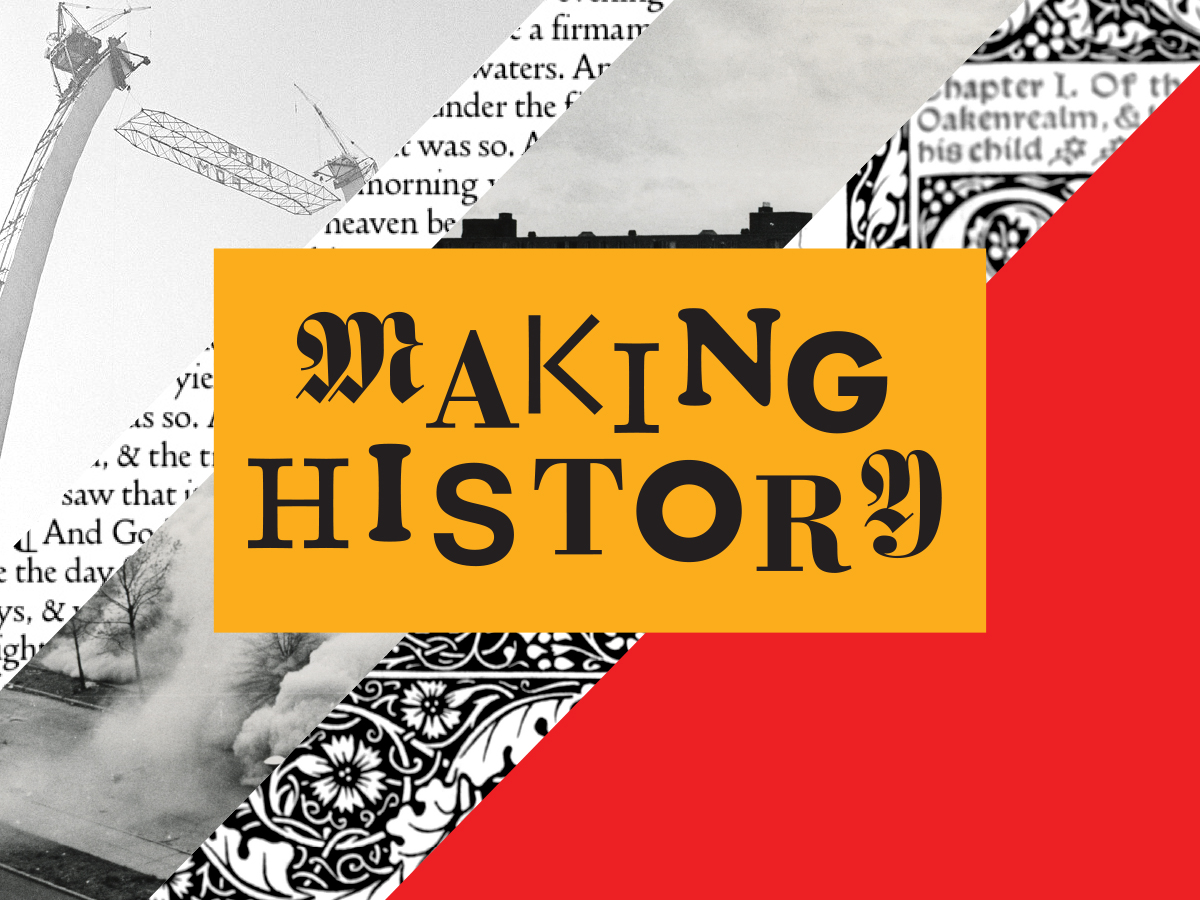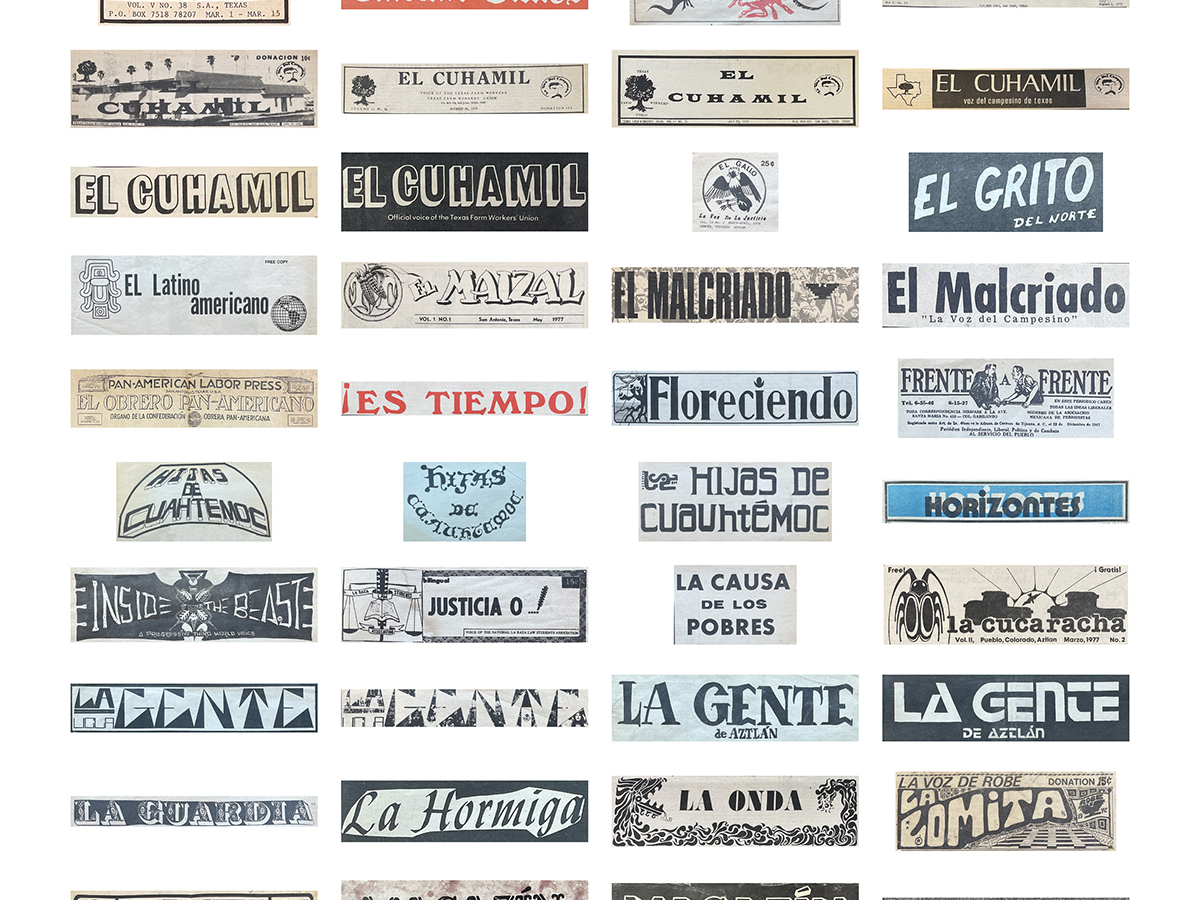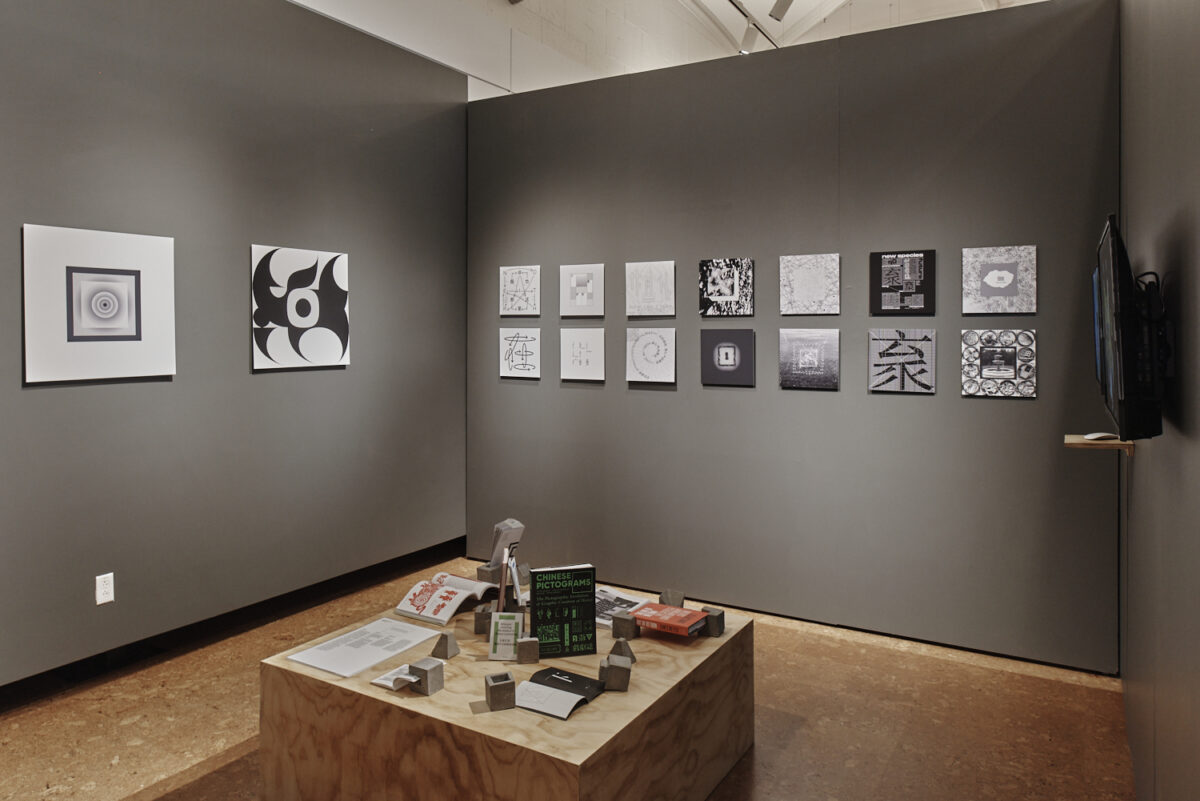Aggie Toppins
Associate Professor
Washington University in St. Louis
In Spring 2023, Toppins introduced a new course called “Making History” in which students had the opportunity to learn historical research methods and use them in their studio work. At the time, WashU had only one design history course, an elective survey of graphic design, which one student in my class had taken. An ungraded quiz on the first day of class showed that most students had no sense of what was (or was not) considered canonical. None were familiar with prevailing themes in graphic design history. Unlike a survey course, which tasks students with absorbing a broad scope of historical content, this course focused on making inquiries into the past. Learning outcomes emphasized gathering information, examining sources, interpreting evidence, connecting design to social contexts, and crafting historical narratives in text and image.
Toppins’ teaching methods were hands-on and high-impact. Having secured a $2500 Sam Fox School teaching grant, she was able to bring in a number of guest speakers and take students on field trips. Students visited local archives, museums, and historical sites. They listened to scholars and designers with diverse backgrounds discuss their research methods and outcomes. They got to physically handle historical objects from cuneiform tablets to mid-century paste-ups. Students also read historical texts, critical essays, and watched documentaries to prepare for in-class discussions and debates. After each of these activities, students responded to prompts in a provided sketchbook. The sketchbook served as the “field notes” component of the course, in which students recorded their ongoing reflections and took notes on research. In most cases, the sketchbook helped students locate the topic for their final, self-guided project. Throughout the semester, leading up to this project, students engaged in four workshops that instilled specific methods. Each workshop resulted in a short outcome, like a zine or broadside, that kept students connecting the dots between making historical inquiries and making graphic design. The final project asked students to pursue a topic of their own interest. Students became primary investigators, forming their own questions and mapping out their own research approaches.
Student work from this class was strong in terms of formal design and critical positioning. Students could articulate their goals, match appropriate research methods to their questions, and translate their findings into criteria for design projects. They also became familiar with graphic design history’s prevailing themes by thinking critically about historiography and methodology. Another important outcome of this course is that it gave Toppins the chance to test exercises and content for her forthcoming book, Thinking Through Graphic Design History. Some student work from this class will be published in the book, which will reach market in 2025.
This project was the 2023 Design Incubation Educators Awards winner recipient in the category of Teaching.
Aggie Toppins is an Associate Professor of Communication Design and Chair of Design at the Sam Fox School of Design and Visual Arts at Washington University in St. Louis. She combines studio practice and critical writing to explore the social life of graphics. Aggie’s creative work has been internationally exhibited and garnered national design awards including the Type Director’s Club ‘Certificate of Typographic Excellence,’ and the SECAC Outstanding Achievement in Graphic Design award. Her recent writing has been published by Design and Culture, Design Issues, Diseña, Slanted, Eye, and AIGA Eye on Design. She has written essays for Briar Levit’s book Baseline Shift: Untold Stories of Women in Graphic Design History and Ali Place’s recent volume, Feminist Designer. Her first book Thinking Through Graphic Design History will be published by Bloomsbury in 2025.












